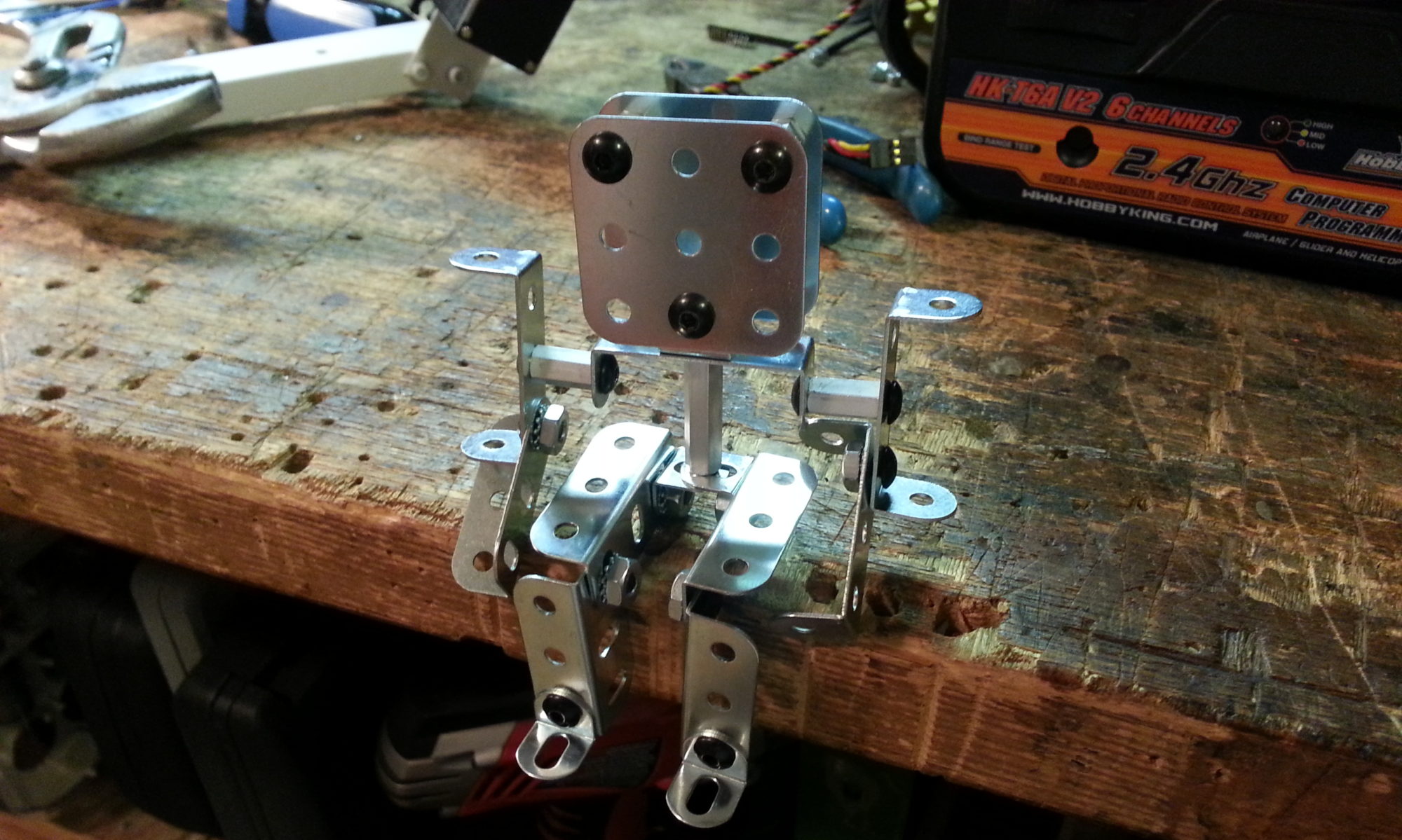I made a portable, off-grid solar power station for powered camping.

Specs:
- 400W solar panels – 4x 100W parallel 12VDC panels
- 40A MPPT Charge controller
- 300W 120V Pure Sine Wave AC Inverter
- 100AH 12V Deep Cycle AGM battery
I wired all these components together, and built wooden frames to mount them in a rolling toolbox for added portability. All that’s left to do is build up some collapsible frames for mounting the panels, and I have power anywhere on Earth the Sun shines.
Background – Project Helios:
The first time I went to Burning Man, I wanted a solar lighting solution for our yurt. I bought some parts and tested them in the yard. I found that while the charger was okay, the connectors that I bought melted waaay before the 10A fuse blew. With not enough time left before the trip to get replacements, I had no way to connect anything useful to the system. Two years later, I updated that design and put it all in a handy enclosure I made from an ammo can I drilled holes in and painted yellow.


We successfully ran evaporative cooling and some lights, but the power draw from the cooler really took a toll on the unit, and the lights were not very effective for illuminating our home – only for a bit of ambient glow. I didn’t want to use a gasoline generator, but I wanted AC power. I needed an inverter, but the 50W panel and the 10A charge controller weren’t going to provide enough power to run it. I was going to have to start from scratch.
To build a solar station, follow these steps:
- Figure out what devices you want to run, and how much power each consumes. Add up the consumption of all the devices. This is the load.
- Get an inverter that can support that load
- Get a battery that can power all that load for a 24-hour period
- Get enough solar panels to charge that battery during the period of useful sunlight (about 4-5 hours, depending on geography)
- Get a charge controller big enough to manage all the incoming power from the panels to the battery
Project Ra:
I did a little research, and followed an Instructable for the base of the idea. Then I went onto Amazon and picked up some parts.



When they came in, I wired them all together and tested them out in the yard. The charge controller wasn’t recognizing the panels when I had everything hooked up. I called in a friend who is an expert at solar, and he kindly pointed out that my connections were crap. When I made the cables, I didn’t have the proper crimping tool, and used a general wire crimper. The result was an inferior electromechanical connection. I tested it with the multimeter, and it tested good. So I thought it was. Just because you have continuity doesn’t mean you can pass current :/


I bought the correct crimper and re crimped the connections. As a result, I was able to continue testing. I brought two panels with me to Apogaea, Colorado’s regional Burn. I started with just one panel, and a string of LED lights around my camp. The single panel wasn’t enough to keep up with the system overhead, and the battery was losing charge, even with the panel in direct sunlight. I added the second panel, and started netting a positive charge.


After testing it in the field, it was clear that before I did anything else with the system, I needed to mechanically bind all the components into a coherent unit. I picked up a small rolling toolbox from the local hardware box store and designed some internal structure in CAD. I cut up some scrap lumber I had lying around the house, and bolted everything together.












I plan on keeping the box inside the yurt anyway, but the fans should help keep the internal temperature down and not kill the components.
To decorate our site at night, EJ weaved 250 yarn squares into flower shapes to shroud the LED holiday lights I picked up at the hardware store. It was nice to be able to finally have everything integrated and see Ra powering the flower lights at night.

I just need to make a frame to secure the panels to the ground at my desired angle and I’ll call it a station.
For now…

